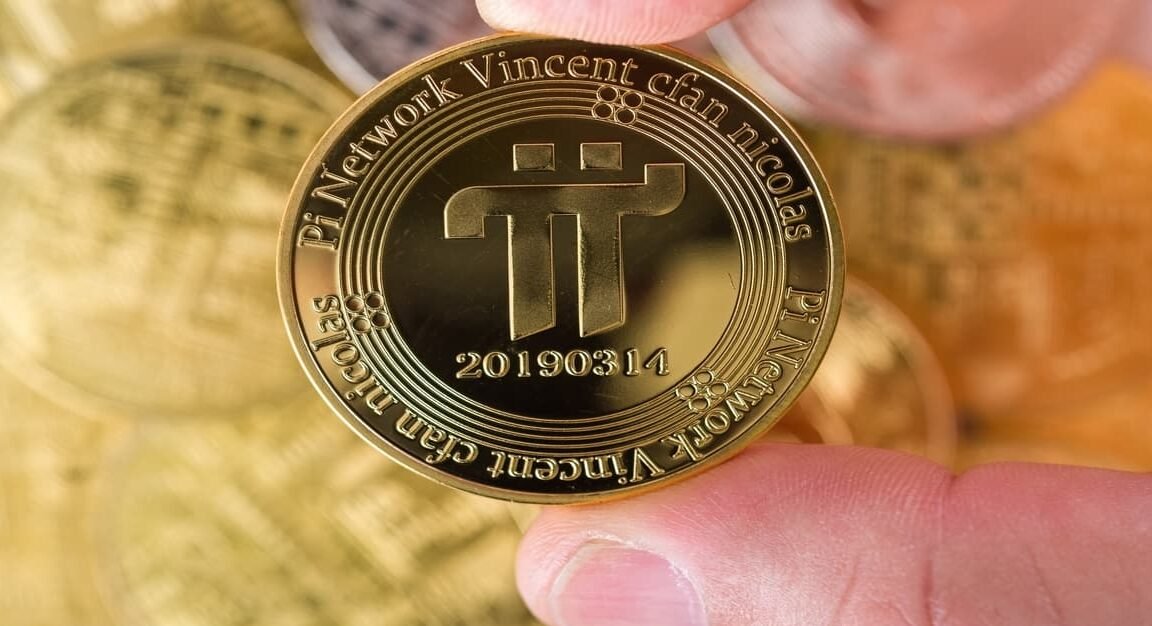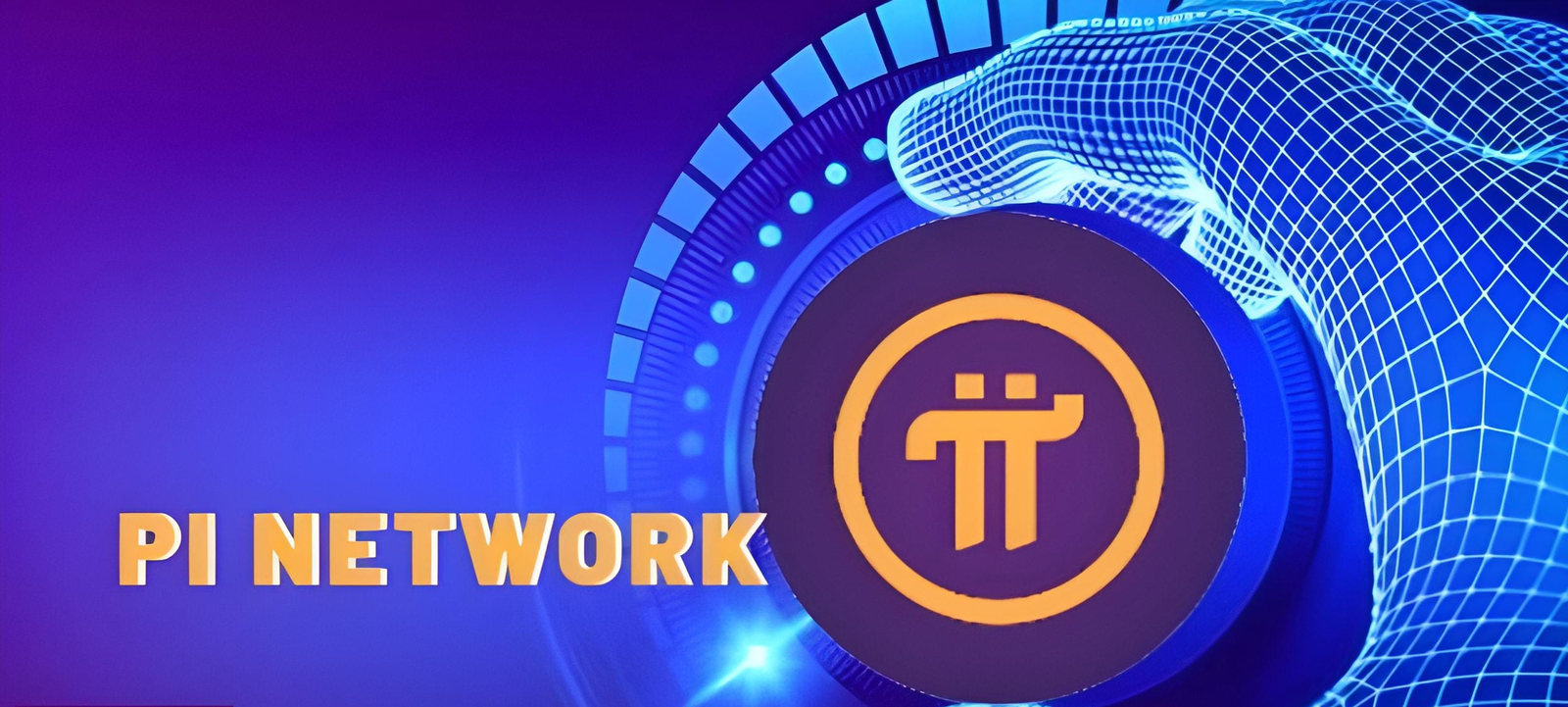Launched with a mobile-first mining strategy, the once-controversial Pi Network crypto project passed beyond the $1 price mark and registered an eye-catching 35% daily gain. Following years of inertia and a protracted accumulation phase, this surge marks a possible turning point in the project. It rekindles investor interest and new emphasis on its special ecosystem. This digital currency’s price action and future need greater inspection as it moves from speculative ambition to commercial relevance.
Pi Network’s Silent Rise
Founded in 2019 by Stanford Ph.d. Dr. Nicolas Kokkalis and Dr. Chengdiao Fan, the Pi Network has sought to democratize cryptocurrency access using a democratised mining method free of significant computational capability. With its token (PI) residing in a closed mainnet environment, the project stayed outside conventional exchange listings even though it drew millions of users worldwide. Price discovery was thus essentially speculative and over-the-counter (OTC), with the value of the network remaining beneath $1 for a protracted length of time.
Pi Network’s present surge was driven mainly by the accumulation phase, which is defined in market cycles as a period where informed investors and early adopters progressively accumulate an asset at somewhat constant prices. On-chain data and community forums such as Reddit and Pi Network’s own Pi Chat show that Pi’s user base surpassed 50 million confirmed users during this era. Critics calling the project a “phantom coin,” or “vaporware,” methodically developed the network’s infrastructure, completed its Know Your Customer (KYC) process, and started an enclosed mainnet to stress-test its internal economy.
Which event set off the recent Pi Price Explosion?
Pi’s breakthrough beyond the $1 barrier most likely resulted from several convergent events. Most importantly, several big crypto exchanges—including Huobi and BitMart—have now offered IOU versions of Pi tokens, enabling limited outside trade. These postings raised market exposure and provided an indirect pricing indication, even though they were not immediately connected to the leading network. Concurrently, word of an expected open mainnet launch—a long-awaited milestone—spread market euphoria.

Another significant influence was the market’s attitude toward alternative Layer 1 blockchains and mobile-first DeFi solutions. Investors aggressively seek underpriced, high-potential tokens as projects like Toncoin, Celo, and Worldcoin gather steam. Pi Network’s grassroots marketing strategy and distinctive user acquisition style helped it become a desirable target for speculative interest.
Moreover, community conjecture on significant e-commerce integrations inside the Pi ecosystem—including possible alliances with local service providers and online stores—added to the positive picture. Events like the Pi Hackathon and PiFest 2025 highlighted the increasing number of distributed apps (dApps) created on the Pi blockchain, enhancing the project’s apparent worth and usability.
Pi Network Utility Grows
For Pi Network, utility and ecosystem development have long been divisive. According to critics, its coin exists in a vacuum and has no use cases. Still, recent studies point to a slow change toward a stronger ecology. From social networking apps and peer-to-peer markets to instructional and financial tools, the Pi App Platform has let developers build applications inside the Pi ecosystem. Operating inside the contained network using Pi tokens for transactions, these dApps provide early benefits even before full exchange access.
Part of the team’s larger view is their focus on practical adoption rather than speculative trading. The core team has laid out ideas for ecosystem bootstrapping through developer subsidies, local business onboarding, and incentivised usage programs in official documents and whitepaper updates. Critical for security and compliance, Pi’s KYC process has advanced significantly in 2025, currently with over 20 million users vetted and ready for mainnet migration.
Pi Network’s $1 Milestone: A Sign of Growth
Beyond only a psychological milestone, surpassing the $1 level could help to reframe the story around Pi Network. Many long-term investors, also called “Pioneers,” see this price explosion as evidence of their dedication and patience. The daily 35% increase also points to a technical breakout, maybe spurred by automated trading and momentum generated by social media.

Though their primary net token remains untradeable until the open main net is ready, crypto market experts from sites like CoinGecko and CoinMarketCap have closely monitored Pi. Still, OTC and IOU markets show a significant rise in demand, which, if maintained, might propel Pi into the top 100 cryptocurrencies by market capitalisation upon full release.
Sticapitalizationill required. Ptoken’s lack of a functioning open market generates uncertainty. Price activity could be speculative until the coins are readily transferable and registered on respectable exchanges. Regulatory scrutiny and compliance concerns will also be significant, especially in countries like the United States and the European Union, where mobile-mined tokens may have particular classification difficulties.
Share Mainnet and Exchange Listings
The most crucial question is: When will the Pi open mainnet go active? A new community update claims that although security assessments and economic simulations are in progress, the Pi Core Team is at the last testing stage. Once the open mainnet is turned on, users who have passed KYC can easily transfer their tokens and engage in outside exchange trading. This change will bring actual liquidity and start real price discovery.
Industry analysts observe how interactions will manage the listing process. Given Pi Network’s enormous user base and community-driven expansion, some anticipate Tier 1 exchanges like Binance and Coinbase may eventually consider listings, provided regulatory issues are handled. Developers and companies inside the Pi ecosystem keep creating infrastructure to enable a genuine economy driven by the Pi token.
Pi Network is a Bubble or a Breakthrough?
Despite recent improvements, the argument over Pi Network’s validity persists. Critics contend that the lack of openness, delayed open mainnet, and token liquidity problems call into question the enterprise’s feasibility. Others find a welcome change in the typically hype-driven crypto scene from Pi Network’s dedication to creating utility before speculative trading.
The truth can fall halfway between. An experimental method for crypto acceptance, Pi Network uses social proof and mobile accessibility in a way few others have. Its success will rely on execution, particularly in the following months as corporate integrations, open mainnet rollout, and developer acceptance coincide.
Should the core team live up to expectations, Pi might become a significant actor in the distributed economy. Like any new technology, however, hazards still exist; users are encouraged to stay educated and avoid making judgments motivated by FOMO.
Last Thoughts on Pi’s Breakthrough
For one of the most unusual initiatives in the crypto realm, the Pi Network surpassing the $1 barrier with a 35% daily gain is historic. The network’s growing ecosystem, large user base, and imminent open mainnet launch point make it a possibly transforming agent in the distributed world, even in a transitional phase.
Investors, developers, and onlookers should keep tracking Pi’s expansion via reliable sources and official announcements as we await more specific developments. Whether you are a new entrant fascinated by Pi’s potential or a long-time Pioneer, this is unquestionably a turning point.


